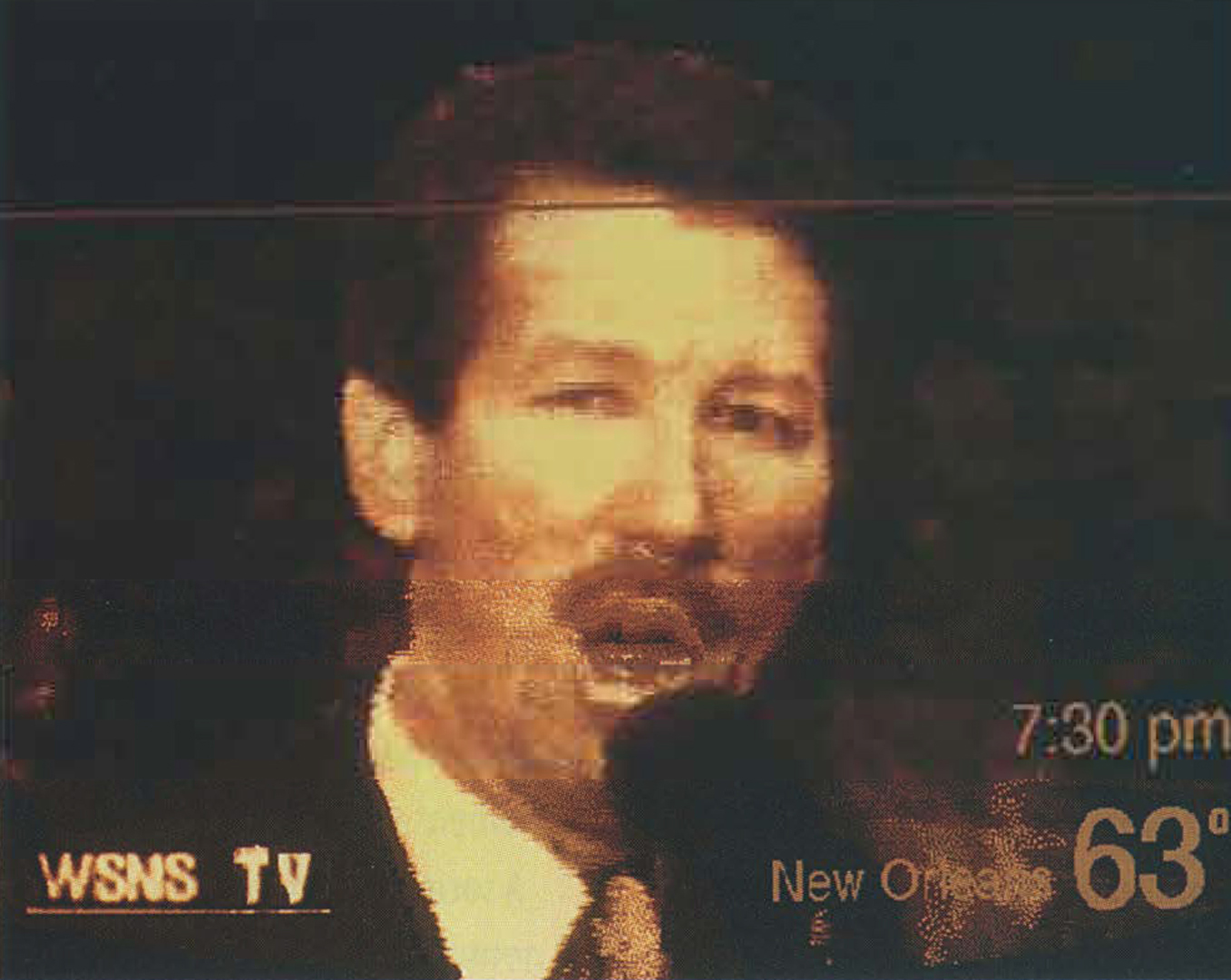Agata Bolska: The Garden of Earthly Delights
Artist(s):
Title:
- The Garden of Earthly Delights
Exhibition:
Category:
Artist Statement:
Inspired by the 15th century painting by Hieronymus Bosch, The Garden of Earthly (Delights) is a screen-based, interactive installation focused on ideas related to the television medium and the place it occupies in modern Western culture. Central to the piece is the “Garden” animation, whose symbolic characters represent various modern passions and delights, embodied in the television programs. The piece is conceived as a comment on and paraphrase of television. Like TV it is meant to inconspicuously control the users’ choices, imposing on them specific decisions. By selecting respective symbols from one of various “Garden” animations, the users metaphorically fall prey to the flaws of human nature, as manifested in Bosch’s work. Seduced by the “delights,” the users become victims of the mediamatic illusion of reality.
The phantasmagoric creatures depicted in the Bosch’s painting are entangled in surreal affairs with each other and with their own demons, conjured out of the fantasies and beliefs howling in the minds of the artist’s contemporaries. Here, they are replaced by Western demons, whose faces flash through the television channels. In the modern world TV has filled the space vacated by religion, which in 15th century Europe served to link and unify many aspects of social life. Like Bosch’s figures, we are now cringing under the burden of hellish visions brought forth by television daily news and horror movies, instead of Rambos and preachers. Messages of violence smoothly intersected by omnipresent commercials and pandering advertisements saturate the viewers’ minds. The sarcasm and surrealism of Bosch’s painting reflect in the sleek surface of the TV screen. Deployed in from to a favorite chair or couch, TV embodies our beliefs and fears, and yet serves them with restrained dramatism–after all it is just the screen…Commodity advertisements, type-casting, food commercials–all of these strive to fill that void in viewers’ consciousness that craves for indulgence. These are modern representations of greed and vanity.
Just as at home, sitting comforting in front of the TV, the users of The Garden of Earthly Delights find themselves poised between the reality of an old armchair, flanked by the “Vanity Panel” and the computer screen. The panel, covered with familiar wallpaper patterns, conceals the equipment; all the users see is the screen, the keyboard, and the mouse–the three elements that make the interaction possible. The repetitive, teasing and numbing sound, present throughout the piece but changing with each new selection, parallels the character of television channels. While the stills and animations that appear in response to the users’ selections are suggestive of TV, their palette subdued yet always slightly different with each entry, the messages and menus take the form of gothic-style notes characteristic of Bosch’s time and, in some cases, quoting from the artist’s writings.
The participants’ past and current responses are analyzed and stored in the seven concurrent databases. The flow of the action is based on the users’ choices and is different for each participant, depending upon the performance. The underlying database allows alteration of the available imagery and sound in the run time, while the participants are traversing through the “Garden’s” paths, thus creating the possibility of numerous selections–of animations, stills and sounds–and adaptations to individual explorations.
Contributors:
Dariusz Bolski





